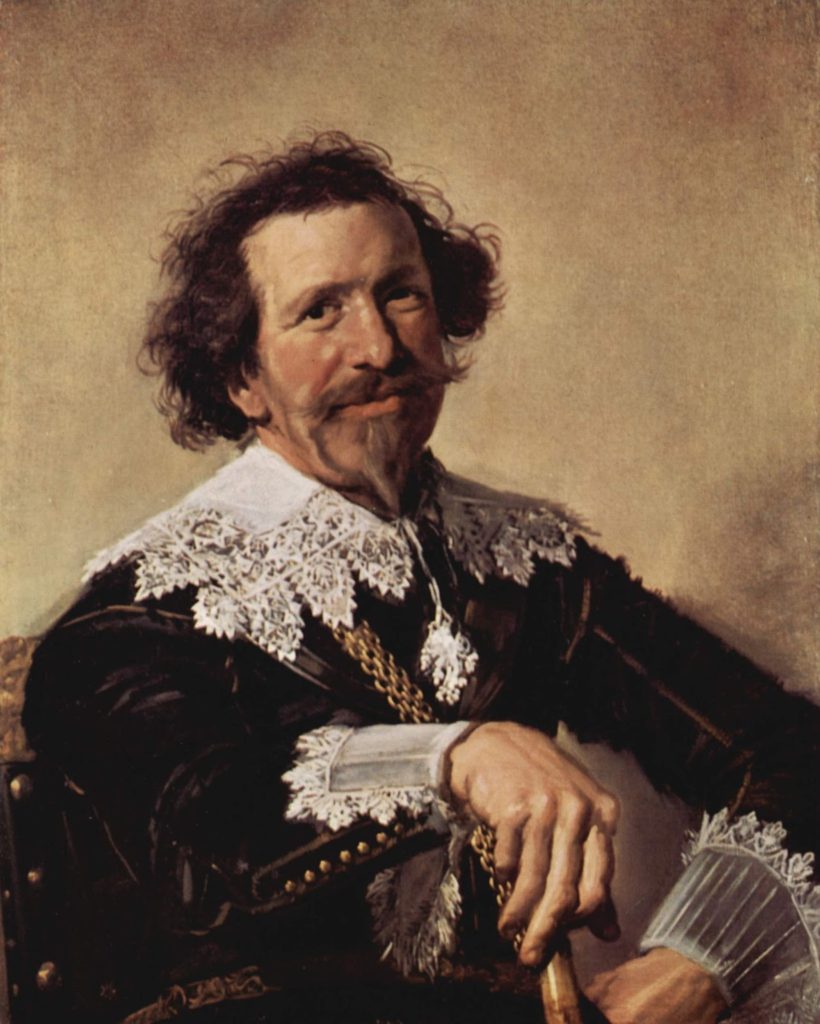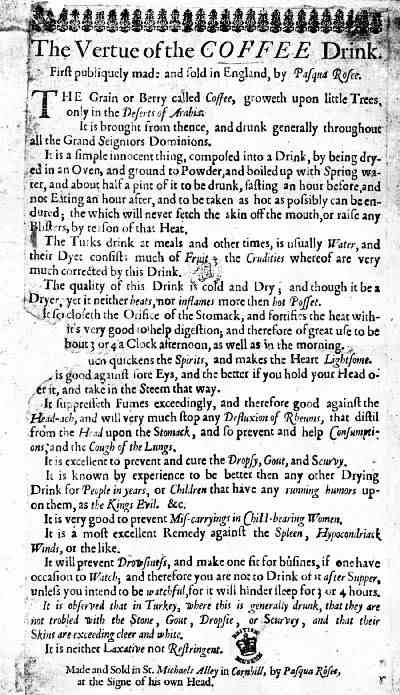Where do coffee originate from? We found out in part 1, where everything started. Now, in this part 2 we will see how the coffee bean continued to spread out in the world.
In this article about where do coffee originate from we will look at:
- How it took hold of Europe and Indonesia
- From the Ottoman Empire to the Netherlands
- Taking root in Java
- Taking the Western Europe by storm
- And how it moved on to Great Britain
In this blog post we will look at the following:
Here is a good way to find the perfect coffee to water ratio for your coffee brew.
Where was coffee originated: Taking Hold Of Europe and Indonesia
This is the second part of our series “Coffee: The Bean That Conquered the World”. The Coffee History Part 1 revealed how the Coffee Bean began humbly with no ambitions. Shortly after being “discovered” the seeds of ambition were sown. So, where was coffee originated? The Coffee Empire spread from its home of origin, Ethiopia and spread throughout Arabia, the Ottoman Empire as well as southern India.
Our story about where do Coffee originate from, continues as the power-thirsty coffee bean craves for more attention and expansion. The bean was just as addicted to power as its lovers were addicted to its flavors and attributes. Feeling very pleased with its popularity everywhere, it was thrilled to let its new subjects carry it with them to see new lands.
From the Ottoman Empire to the Netherlands
The history about where do coffee originate from, continues right around the same time that Baba Budan smuggled the 7 little seeds down to southern India a Dutch cloth merchant named “Pieter van den Broecke” visited the port of Mocha. The year was 1616 and all it took was one sip of the delicious brew known as “qahwa” to convince Pieter to find a way to sneak off with some live coffee plants and take them to the Netherlands.

Upon its arrival in Amsterdam, special care was given to ensure further growth and expansion; greenhouses were used extensively. However, the climate was not to the plants liking. They were preserved but not productive. If coffee was going to achieve its ambitions, it would have to go back to a similar climate like its homeland, Ethiopia.
Trapped under its influence, Pieter was determined to carry some of these precious plants to his homeland. No one seems to be sure exactly how he did it, but he did it! Once again the dynamic little bean was on its way to explore new territory.
Finally, in 1696, an opportunity came about. The ambitious Dutch wanted to control the world coffee market and realized it could not be done by producing plants so far north.
Taking Root in Java
The Dutch East India Company had successfully transported the first live plants to Batavia, now Jakarta. The plants found their way to the island of Java among others. Here, the determined bean would take root and spread its influence throughout the “civilized” world.
Within a few years the fruitage under the Dutch would extend throughout Europe and Russia. The Dutch now dominated the world coffee market. Massive production had been accomplished at a heavy moral and physical cost of the labourers in the coffee plantations. It didn’t matter to the bean. The taste of absolute power was all that mattered. The “civilized” world was in its grasp and it wanted more.
Coffee Takes Western Europe By Storm
So, how did this adventurous grain invade Western Europe? As previously mentioned the Dutch had some plants in the Netherlands but were unable to produce enough for expansion. They wouldn’t have enough production until the early 1700’s.
The ambitious coffee bean grew impatient. It staged a 4-prong attack that would be the envy of many a military general. The invasion would be through the Netherlands, Venice, England and Vienna. The rest of Europe had no choice but to accept the power of the bean and yield to its influence.
Even before Pieter van den Broecke delivered his stolen plants to the Netherlands the groundwork was laid for a southern invasion. The place? The island of Malta.

Malta was dominated by the “Knight’s of St John” of the “Holy Roman Empire” since 1565. The Turk-Muslim slaves introduced to Malta a coffee culture which thrived on the Island. In time, European traders took this precious cargo to mainland Europe and in 1645 Europe’s first coffee house was opened in Venice.
Do you like to know about coffee from the Caribbean and Central America?
Where do coffee originate from: moving on to Great Britain
Pasqua Rosée met Daniel Edwards, a member of the Levant Company and a trader in Turkish goods in Smyrna. Daniel employed him as a manservant in London. In 1651 Pasqua opened a coffee shop. The following year, 1652 he opened Britain’s first coffee house in St. Michael’s Alley, Cornhill.
The bean could do no wrong. Coffee spread throughout England like wildfire. Coffeehouses sprung up everywhere. As was common throughout the coffee empire, men would gather in these houses and discuss a wide array of topics. There was a problem however, women were not allowed in. In 1675 the disgruntled women found an ally in King Charles Ⅱ who was concerned about the potentially subversive conversations taking place in the houses.
They made an effort to slow down the progress of the mighty bean, but to no avail (for now). That same year there were an incredible 3000 coffee houses throughout England. It was obvious that “the bean” ruled Britain, for the moment

.
In 1683 the Mighty Ottoman’s staged another siege in Vienna. Coffee tagged along to do its part in keeping the soldiers morale up. What an opportunity for the bean to extend its territory. It didn’t matter if the Ottoman’s won the battle or not, coffee was determined to stay.
What do you know about Specialty Coffee?
Jerzy Franciszek Kulczycki
Jerzy Franciszek Kulczycki was a Pole who was in Vienna at the time of the siege. He owned a trading company there and was fluent in Polish, Ruthenian, Serbian, Turkish, German, Hungarian and Romanian languages.
Things did not look good for the Viennese. People were starving with no help in sight. Jerzy offered to escape the city and seek help from the Polish-Habsburg army. He was successful and became a hero. Since the Turk’s fled in a hurry, they had to leave a number of things behind, including coffee. What a great opportunity for our pleasure loving bean.
The Viennese did not know what it was at first. In fact, some believed it to be camel dung and started to burn it. Since Jerzy was a well-travelled man he at once recognized the aroma of the burning coffee beans. There was a lot of it. To the bean’s pleasure, Jerzy acted quickly and stopped the men from wasting any more of the precious grain.
Within two years, Vienna had its first coffee house. Even Jerzy opened a coffee house. Contrary to traditional belief, he was not the first one to do so. However, he is credited for being the first person to add milk and sugar.
Speaking of coffee and parts of the world. Here I made a post on how to make cowboy coffee the traditional American way. Check it out next!
Where do Coffee originate from? No End In Sight!
With these two articles, you now know more about where was coffee originated. The “modern” world was now under the indomitable influence of coffee. Even Peter the Great of Russia succumbed to its influence. He was introduced to coffee through his connections in the Netherlands. Russia was supplied with mocha and java beans by the Dutch and the Ottomans. By 1720 Russia had its first coffee house.
Years later, by an accident, the decaf coffee was first born. But that is another story that you can read in the post “Who Made Decaf Coffee“.

Where do Coffee originate from, map 5
(Here you find the coffee origins map 1-4
Coffee had taken the “civilized world” by storm. The coffee bean wasn’t partial. It didn’t care about one’s social status, skin colour, gender, or education. It would be available for everyone. Would the supply be enough for the huge demand?
The Arabic area including Yemen, Mocha, Ethiopia, and neighbouring areas produced large amounts of the precious bean. However, the Dutch dominated the market with what was being produced in Java and Indonesia.
As new lands were being discovered and colonies were being formed, coffee’s determination to dominate the world was even more intensive than the human empires in Europe. Coffee was thrilled to ride along with its new partners, the Portuguese, Spanish, British, Dutch, and French. While each nation viewed each other as rivals, the superior bean saw each nation as an ally. It was fixated on using them to meet and complete its own ambitions of absolute world dominance.
Did you miss out on Part 1 of “What is the history of coffee?” You find it here.
Our next article on this fascinating series will show how the bean accomplished world dominance. Sign up on newsletters now to make sure you get the next part of this history, to find out more about where do Coffee originate from.
Great news, where do coffee bean come from part 3 is out now!! Go ahead and read it
FAQ
Where did coffee originate from?
Coffee is believed to have originated in Ethiopia, where legend has it that a goat herder named Kaldi discovered the energizing effects of coffee beans after noticing his goats became lively and energetic after eating them.
When was coffee first discovered?
The discovery of coffee is believed to have taken place in the 9th century, although the exact timeline is uncertain. The first written reference to coffee dates back to the 15th century, when it was mentioned in an Arabic manuscript.
How did coffee spread around the world?
Coffee was introduced to the wider world by Arab traders who brought the beans to the Middle East and eventually to Europe. From there, coffee spread to the Americas and other parts of the world through colonization and trade.
What are some of the most important coffee-growing regions in the world?
Today, some of the most important coffee-growing regions in the world include South and Central America, Africa, and Asia. Countries such as Brazil, Colombia, Ethiopia, and Vietnam are among the largest producers of coffee globally.
What are some of the different varieties of coffee grown around the world?
There are many different varieties of coffee grown around the world, each with its own unique flavor and aroma. Some of the most popular varieties include Arabica, Robusta, Liberica, and Excelsa. Different varieties are often grown in specific regions due to differences in climate, altitude, and soil type.
In what region of the world did coffee first appear?
The region of the world where coffee first appeared is believed to be Ethiopia, which is located in East Africa. Coffee cultivation and consumption have a long history in Ethiopia, dating back centuries. Legend has it that a goat herder named Kaldi discovered the energizing effects of coffee after noticing his goats becoming more lively upon consuming coffee berries.
From Ethiopia, coffee spread to the Arabian Peninsula, particularly to Yemen, where it became popular in the 15th century. It was in Yemen that coffee cultivation and trade began to flourish. Over time, coffee made its way to different regions around the world, including Europe, the Americas, and Asia, leading to the global coffee culture we know today.

Pingback: What are Different Types regarding Coffee? – ks2252
Pingback: Finding the “Best of the Best” in Coffee – Carpet Cleaning
Pingback: Coffee Roasts 101 – What Are You Drinking? – Defkk
Pingback: Coffee Roasts 101 – What Are You Drinking? – Defkk
Pingback: Finding the “Best of the Best” in Coffee – Carpet Cleaning
Pingback: Coffee Variety in Central America and the Caribbean
Pingback: Places to visit Honduras. (A coffee tour) | Coffee-finders
Pingback: Fun Fact About Coffee, 5 and more facts | Coffee-finders
Pingback: What is the history of coffee?| I love coffee-finders